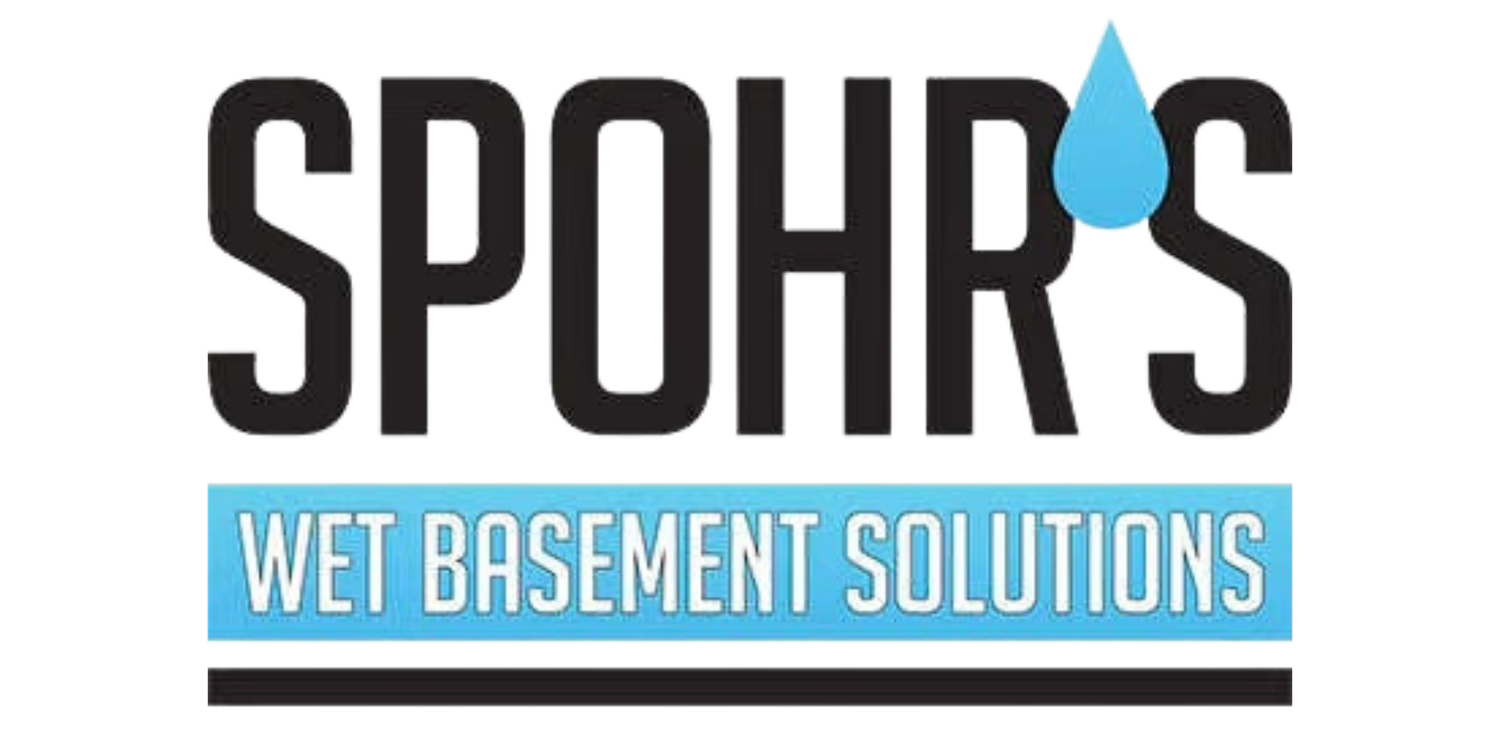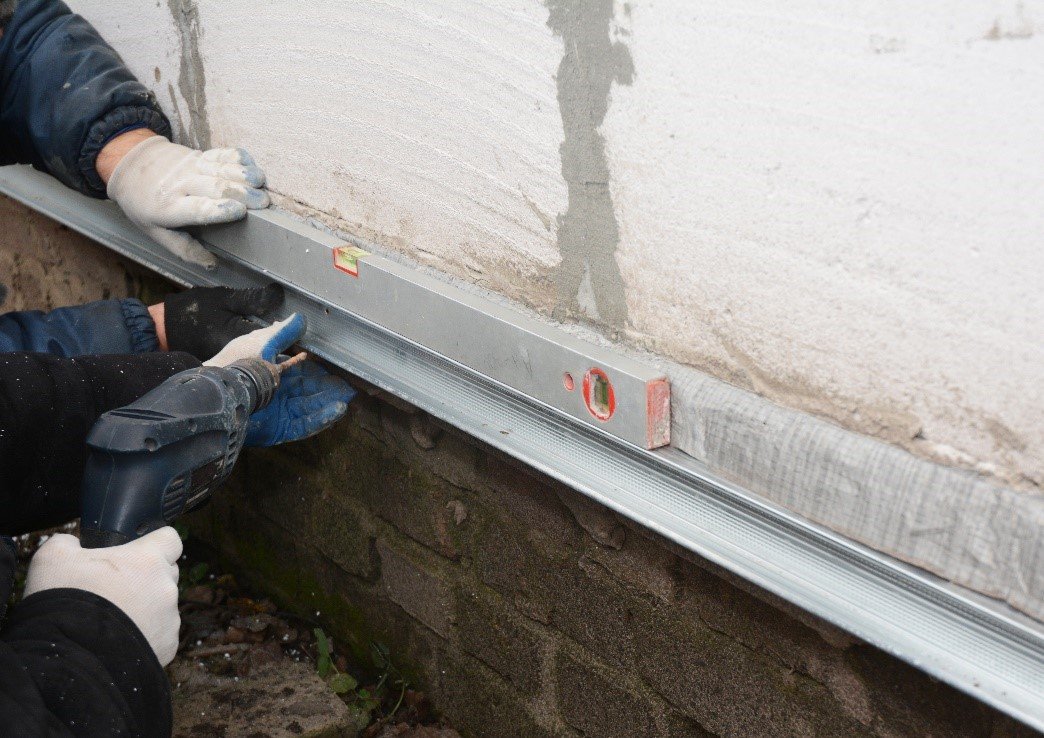The Hidden Dangers of Poor Waterproofing
Waterproofing is critical to building construction, safeguarding structures from water damage. Despite the advances in materials and techniques, failures still occur. Understanding the common causes of waterproofing failure can help homeowners and contractors avoid these pitfalls and ensure the longevity of their buildings.
1. Poor Waterproofing Execution
One of the most prevalent causes of waterproofing failure is poor workmanship. Even with the best materials, improper application can lead to significant issues. This includes inadequate surface preparation, incorrect application of waterproofing membranes, or failure to follow the manufacturer's guidelines.
Skilled labor is essential to ensure that waterproofing is done correctly. Attention to detail during installation can prevent common problems such as gaps, overlaps, or insufficient coverage, leading to leaks and water damage over time.
2. Lack of Maintenance
Regular maintenance is crucial to the success of any waterproofing system. Neglecting routine inspections and repairs can allow minor issues to escalate into major problems. Over time, wear and tear can cause waterproofing membranes to degrade, making them less effective.
Simple maintenance tasks, such as clearing debris from drains, checking for cracks, and ensuring proper drainage, can extend the life of the waterproofing system. Proactive upkeep not only preserves the integrity of the waterproofing but also saves money by preventing costly repairs in the future.
3. Issues From Higher Levels
Waterproofing failures often originate from issues at higher levels of a building. For instance, poor drainage systems, leaking roofs, or inadequately sealed windows can channel water down to lower levels, compromising the waterproofing system.
Ensuring that all higher-level structures are properly sealed and maintained is essential to prevent water from seeping down and causing damage. Comprehensive inspections should include these upper areas to identify and address potential problems before they impact the waterproofing.
4. Incorrect Selection of Waterproofing Materials
Selecting the appropriate waterproofing membrane is crucial for effective protection against water ingress. Using the wrong type of membrane for a building's specific conditions can lead to failure. Factors such as climate, building structure, and exposure to elements should influence the choice of waterproofing materials.
For example, some membranes are more suitable for areas with high UV exposure, while others are better for below-ground applications. Consulting with experts and considering the project's specific needs can help choose the right membrane and ensure its successful performance.
Call the Experts for Effective Waterproofing Solutions!
At Spohr's Wet Basement Solutions in Lincoln, NE, we specialize in comprehensive waterproofing services for residential and commercial buildings. Whether you're dealing with a minor leak or need a complete waterproofing overhaul, we have the expertise and resources to protect your property from water damage. Contact us to request a free estimate!

